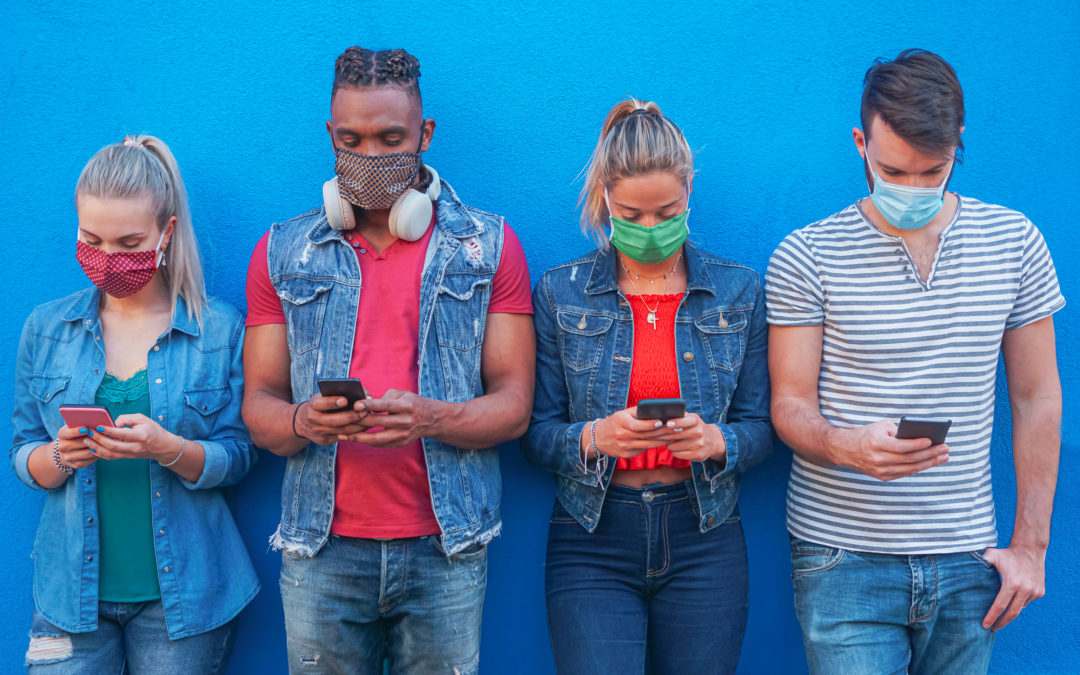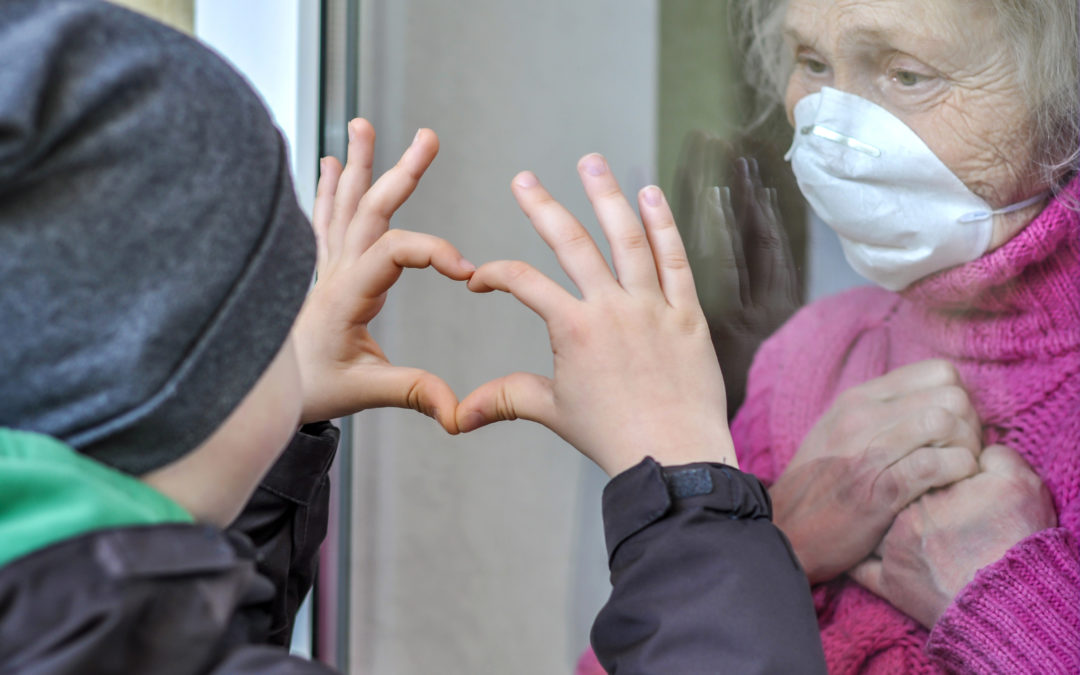
How to help kids and teens cope mentally during the COVID-19 quarantine
How to help kids and teens cope mentally during the COVID-19 quarantine
By Healthy Families Initiative
Our Healthy Families Initiative (HFI) team recently spoke with LPC Rebecca Gibbons via our weekly Healthy @ Home series. She shared with us the five symptoms to look for in children as they battle mental wellness during the unstable time of COVID-19, plus coping mechanisms to help young people struggling through the pandemic.
The 5 symptoms of mental struggle in children and adolescents
- Increased levels of frustration: “I cannot complete my homework, I do not have the codes, I can’t get a hold of my teacher, I don’t know how to open another window on the internet.”
- Increased boredom: “I’m frustrated that I can’t hang out with friends, go out to the movies or eat out. I’m tired of playing video games.”
- Increased helplessness: “Do I still matter?”
- Increased fear of the unknown: “Will the coronavirus ever go away? Will I get sick? Will my parents get sick?”
- Increased levels of instability: “When will this end? When will I get to back to school and play or hang out with my friends?”
One way to cope: Introducing Dialectical Behavior Therapy
Dialectical behavior therapy (DBT) provides clients with new skills to manage painful emotions and decrease conflict in relationships. DBT specifically focuses on providing therapeutic skills in four key areas:
- Mindfulness: This focuses on improving a child or teen’s ability to accept and be present in the current moment. Be aware of our thoughts, feelings and senses: just focus on the present moment and the five senses of sight, smell, touch, hearing, and taste. For a practical example, “I Spy” is a great game where we use our five senses to keep us in the moment.
- Distress tolerance: This is geared toward increasing a child or teen’s tolerance of negative emotion, rather than trying to escape from it. Distress tolerance helps us get through tough situations without making things worse. It’s a way to practice how to relax and self-soothe. We can self-soothe by focusing on our five senses: Take deep breaths, observe your surroundings, and proceed mindfully.
- Emotion regulation: This covers strategies to manage and change intense emotions that are causing problems in a person’s life. Learning emotions to help express how we are feeling so we can control it. Here are five tips:
- Describe the emotions you’re feeling.
- Learn your triggers: What happened to make me feel mad or sad?
- Learn how my body changed: Did I ball up a fist or did my body get hot?
- Recognize how I reacted: Did I yell or say things I didn’t mean
- What can I control: What am I in charge of and what can I change?
- Interpersonal effectiveness: This consists of techniques that allow a person to communicate with others in a way that is assertive, maintains self-respect, and strengthens relationships. This is our way of getting along with others, helping to build and improve relationships. To improve in this area, help teens and kids with the acronym GIVE:
G = Gentle – nice, respectful, calmly express your feelings, no judging, no attitude.
I = Interested – listen to what others say, show caring, do not interrupt others talking.
V = Validate – pay attention, show understanding through words or actions.
E = Easy manner (similar to gentle) truthful, talk nice, be silly, smile, no attitude.
We are driven by a belief – supported by experience and research- that people from all walks of life are more likely to flourish if they have an intact, healthy family and strong relationships.
Visit our Healthy Families Initiative








